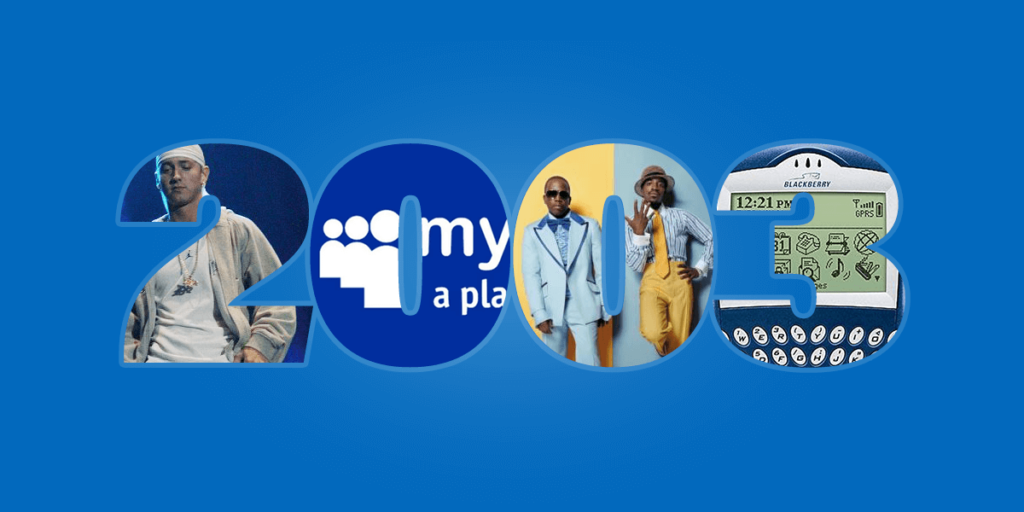There has been so much talk over the last several weeks about the Wall Street Journal’s article on NPS (warning, it’s behind a paywall) and whether or not it is a valid metric that I almost didn’t write this blog. But then last week, I was at a conference with Richard Owen (one of the brains behind the original net promoter score methodology). Listening to the conversation made me stay true to the course.
If you’ve ever heard me speak, you’ve heard my thoughts on NPS. I’ve not ever been a fan. I worked with an expert strategist, named Michael Showalter, who used to say, “Just because I recommend Dunkin Donuts doesn’t mean I’m loyal to them or that I will purchase from them.” I’ve held onto that statement for years. I’ve tested NPS again and again. And I’ve found it to not work for the industries that I have spent the most time in.
Net promoter came about in 2003 as a way to predict customer loyalty. Or, more appropriately, to gauge it. All we had at the time were traditional customer satisfaction scoring methods — Are you happy? Did the rep answer your call? We didn’t have a methodology or a score to predict whether or not we’d actually keep the customers we had. We simply tracked if were they “happy” or “satisfied.” And then we hoped for the best.
2003. What else was happening in 2003?
- Everyone was talking about CRM (customer relationship management).
- We were just starting to think about the idea of “one-to-one marketing” via the email channel.
- The CAN-SPAM act came into law. THIS WAS THE FIRST national standard for EMAIL!!
- We started the year with Eminem’s “Lose Yourself” and ended it with OutKast’s “Hey Ya!”
- And, I had bright blonde extensions and 13 piercings. Truth.
We were in desperate need of answers. For a ton of reasons. In a ton of places. Then NPS came along. I remember having each and every CEO that I’d ever worked for asking me my opinion on it. And each and every time I spent an egregious amount of time explaining why I didn’t think NPS was right for us.
The thing was, I had the data. I’d done the work. I understood what drove my CLV (customer lifetime value). I knew exactly why people stayed with my company or why they left. I had built metrics that mattered to us. And only to us.
We figured out the right questions, and asked customers those questions. We asked for feedback judiciously.
I knew what my leading and lagging metrics needed to be and we measured those. We had scorecards. We reported on our progress quarterly to the entire company.
I knew we were on the right path and that NPS wasn’t for us. Why? Because I believed that people had different relationships with different companies and services.
- I don’t need a deep and emotional relationship with my electric company — I need them to have 100 percent uptime.
- I need a deep relationship with my financial advisor — because I trust him with my future.
Every company is different, and every company has a different type of relationship that they are offering me. And there are different metrics for each relationship.
What NPS did do was give leaders a way to measure against a standard. And frankly, to measure themselves against one another. We all know that CEOs love to show off how stellar their company is, and what better way than to top the charts on NPS. Well, OK — stock price is a good one too …
It filled a hole. It gave us a guidepost. It gave us a methodology. It completely, and totally, fulfilled its purpose.
What it doesn’t do, though, is give you a picture into whether or not your customers will buy from you again just because they recommended you — there are hundreds of places that I’ve written reviews for, and recommended, but I’ll never return.
And, we’ve abused it. CEOs have required that NPS be inserted as the most powerful metric in the land. We’ve tied people’s compensation to it as a single, tell-all, answer-all, beacon of light. And those things are a misuse of a measure.
A single measure doesn’t tell you how I’m doing as your employee. Or how healthy your company is.
A single measure of “Will you recommend” doesn’t tell you that yes, your rep was outstanding, but your policies have pissed me off to the point that I’m looking for a new vendor.
A perfect score of 10 tells you that my car dealer service rep has told me he’ll be fired if I don’t give him a 10 — but it doesn’t tell you how disgusted I am with you that you’ve done that to a human.
If not NPS, then what? Well, there are other ways to find the metric that matters to your company.
The questions I’d ask you to ponder are:
- What is your goal?
- Are you looking for volume of referrals? Are you looking for long term loyalty of your customers?
- Are you hoping people will use you once and never again because that is how you make money?
The question you should answer is: What type of customer relationship are you looking for?
Then once you’ve answered that, ask yourself: What do you need to deliver in order to have that type of customer relationship?
Because that, and only that, metric will give you the identity and the path to truly differentiate your brand.
It’s not 2003 anymore. A lot has changed over the years. What and how we measure should, too.
I took out those blonde extensions ages and ages ago. And, the only piercings I have are my ears. Isn’t it time to measure something other than NPS?


Pingback: Ingrid Lindberg: The Future of Work | LitmusWorld